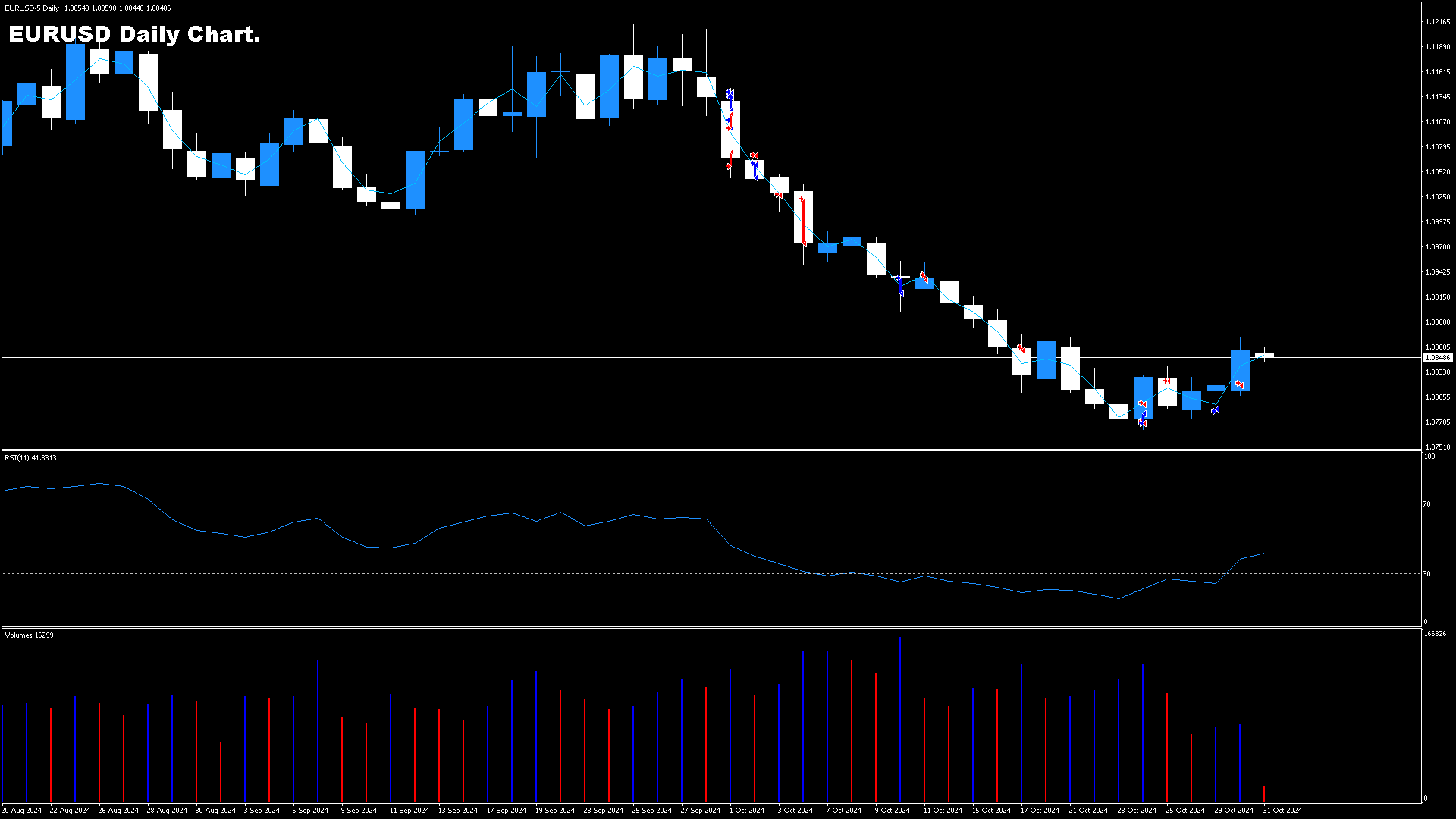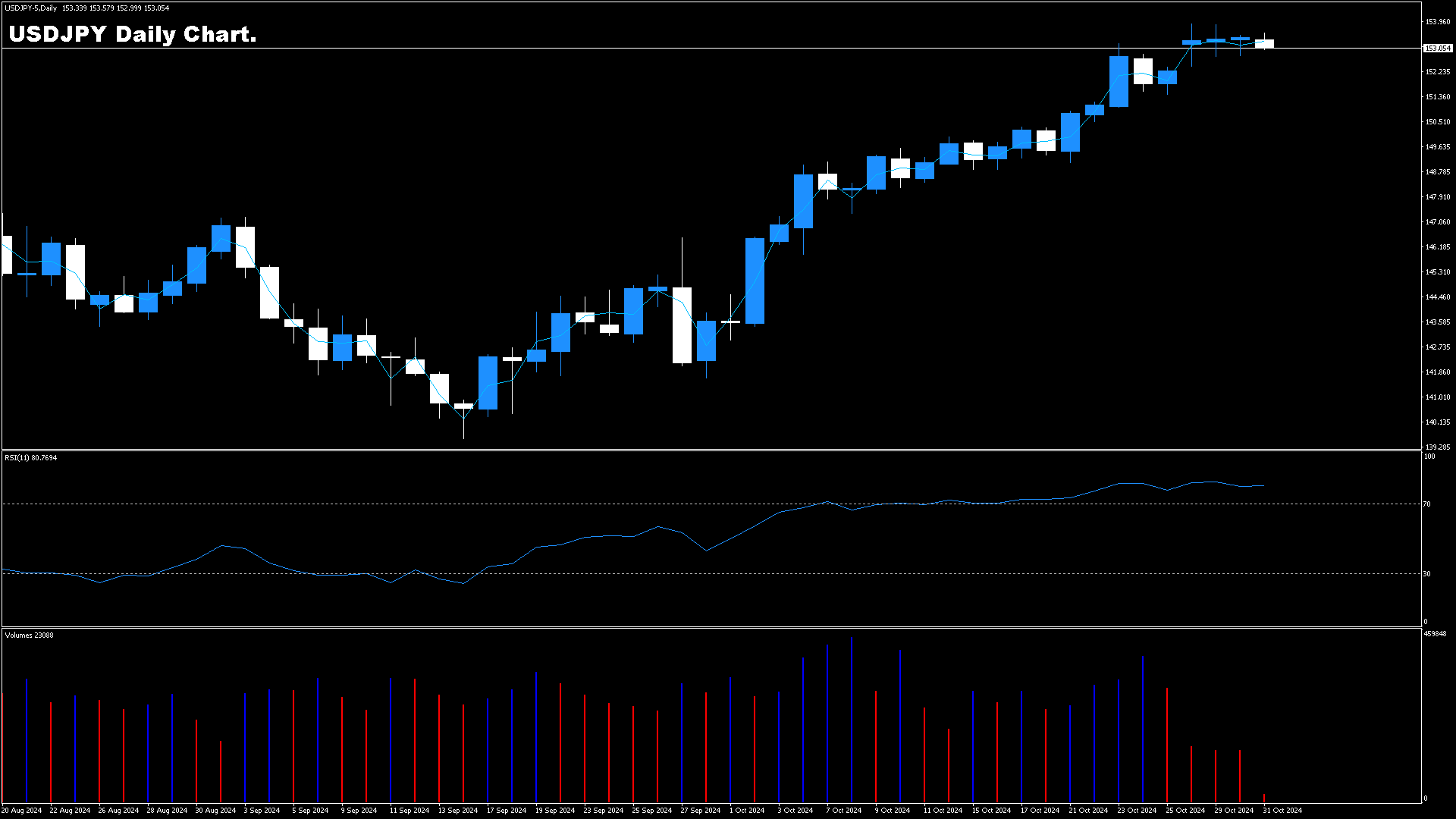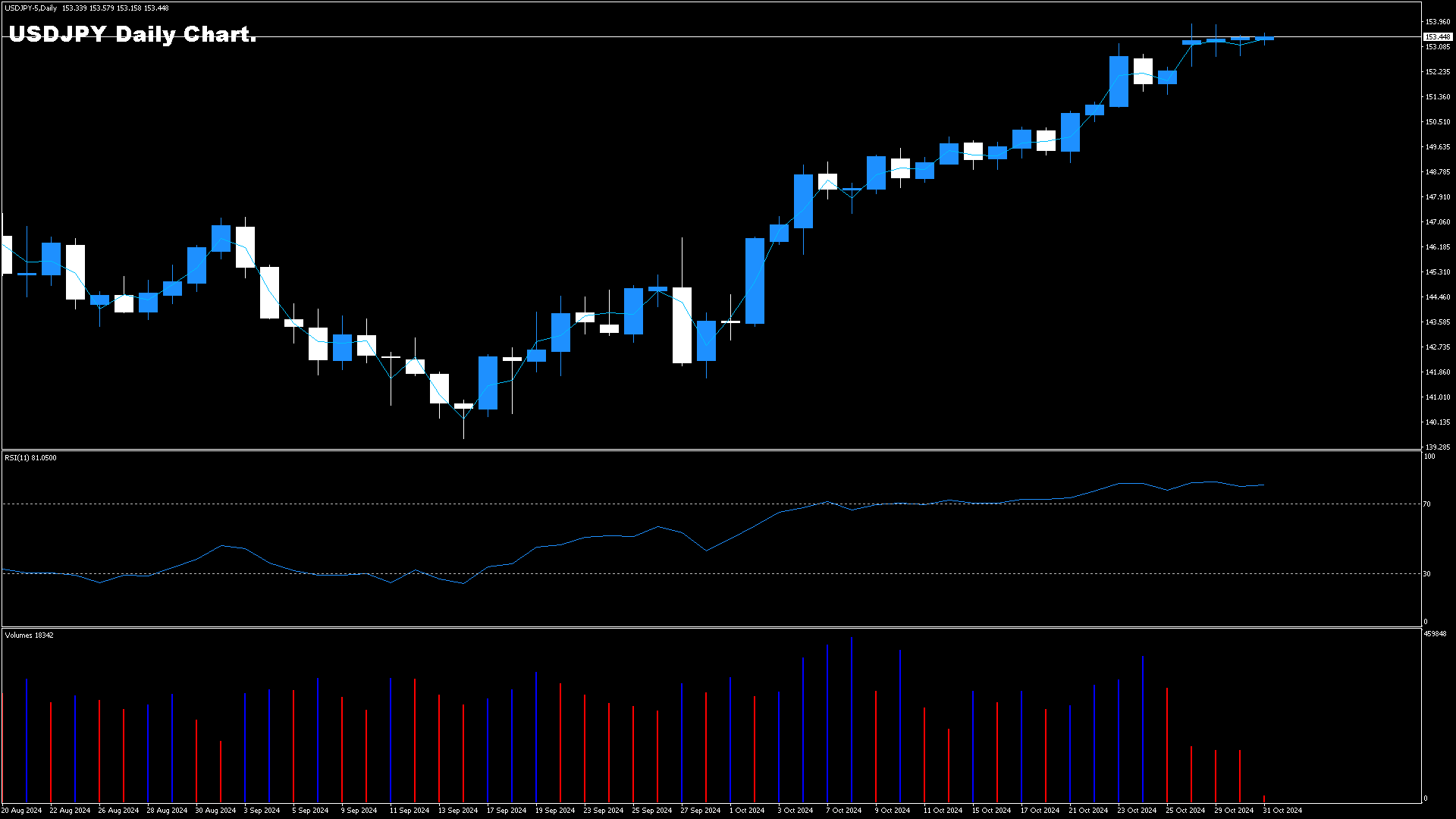
Upcoming US Core PCE Price Index: What to Expect and Its Impact on Forex Markets
As we approach the release of the US Core Personal Consumption Expenditures (PCE) Price Index, market participants are eagerly anticipating the data, given its significant influence on monetary policy and currency markets. Here’s a detailed analysis of what the US Core PCE Price Index entails, its potential impact on the US dollar, and the broader implications for forex trading.
What is the US Core PCE Price Index?
The US Core PCE Price Index is a key inflation indicator that tracks changes in the prices of goods and services consumed by households in the United States, excluding volatile food and energy prices. This measure is preferred by the Federal Reserve because it provides a more stable view of underlying inflation trends, undistorted by the fluctuations in food and energy prices.
Release Schedule and Expectations
The Bureau of Economic Analysis (BEA) releases the core PCE Price Index on a monthly basis, typically around the end of each month. For the upcoming release, analysts expect the core PCE Price Index to rise by 0.2% on a monthly basis and by approximately 2.7% on a yearly basis, aligning with recent trends.
Impact on Interest Rate Expectations
The core PCE Price Index has a direct impact on interest rate expectations. If the index exceeds expectations, it could indicate higher inflationary pressures, potentially leading the Federal Reserve to adopt a more aggressive stance on interest rates. Higher interest rates generally make the US dollar more attractive to investors, increasing demand and potentially boosting its value in forex markets.
Conversely, if the core PCE Price Index falls below expectations, it may signal weaker inflationary pressures. This could lead to speculations about earlier rate cuts by the Federal Reserve to support economic growth, which could result in a depreciation of the US dollar.
Economic Growth Outlook
The core PCE Price Index also provides insights into the strength of the US economy. A higher-than-expected reading could indicate stronger economic growth, which would be positive for the US dollar. On the other hand, a lower-than-expected reading might suggest weak economic growth, leading to a weaker US dollar.
Market Sentiment
Market sentiment is significantly influenced by the core PCE Price Index. Higher-than-expected readings can boost market sentiment regarding inflation and interest rates, potentially strengthening the US dollar. Conversely, lower-than-expected readings may indicate weaker inflation and lower interest rates, leading to a weakening of the US dollar.
Technical Analysis and Market Reaction
From a technical perspective, the reaction to the core PCE Price Index can be significant. If the data aligns with or exceeds expectations, it could trigger a bullish reaction in the US dollar, particularly if it breaks through key resistance levels. Conversely, a softer-than-expected reading could lead to a bearish reaction, with the US dollar potentially testing support levels.
In recent releases, the US dollar has shown minimal reaction to the PCE data, partly because markets have already priced in certain expectations regarding interest rate movements. However, any significant deviation from these expectations could lead to noticeable market movements.
How to Trade the US Core PCE Price Index
When trading the US Core PCE Price Index, several key points should be considered:
- Interest Rate Outlook: Monitor how the data influences interest rate expectations. A hotter-than-expected reading could support the US dollar, while a cooler-than-expected reading might lead to a sell-off.
- Economic Growth: Assess the implications for economic growth. Stronger-than-expected inflation could indicate robust economic activity, while weaker inflation might suggest a slowdown.
- Market Sentiment: Keep an eye on market sentiment shifts. Higher inflation readings can increase confidence in the US dollar, while lower readings can erode it.
- Technical Levels: Watch for key technical levels such as resistance and support. A break above resistance or below support could signal a significant trend change.
Conclusion
The upcoming release of the US Core PCE Price Index is a critical event for forex traders and market analysts. Given its influence on interest rate expectations, economic growth outlook, and market sentiment, this data can significantly impact the value of the US dollar. Traders should be prepared to react to any deviations from expected figures, as these can lead to substantial movements in the forex markets. As always, a combination of fundamental analysis and technical insights will be essential in navigating the market reaction to this key economic indicator.


